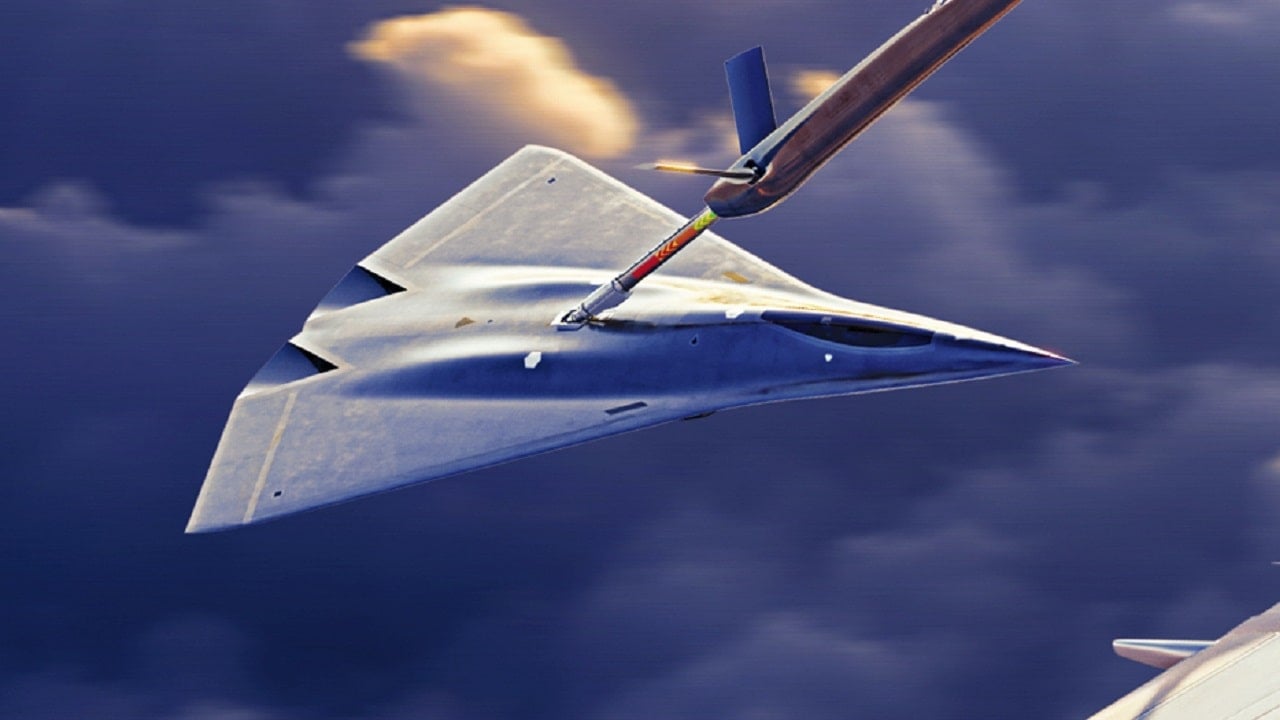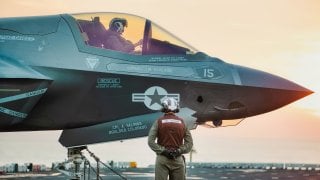F-22 and F-35 Rule the Skies: Do We Really Need NGAD Sixth-Generation Fighters?
NGAD might be a waste of time. The Air Force has two perfectly good fifth-generation warplanes, the F-22A Raptor and the F-35 Lightning II.
Summary and What You Need to Know: The U.S. Air Force's Next Generation Air Dominance (NGAD) sixth-generation warplane program has been paused due to its astronomical cost, with each plane estimated at $300 million.
-Northrup Grumman has expressed interest in competing for the project if the Air Force rethinks its original, costly requirements.
-However, the author argues that the Air Force should instead focus on enhancing existing fifth-generation fighters, like the F-22 Raptor and F-35 Lightning II, with new technologies such as advanced UAVs.
-This approach would be more cost-effective and avoid the pitfalls of launching a new, expensive program.
NGAD Program: Why the Air Force Should Focus on Enhancing Existing Fighters
The Air Force wants its Next Generation Air Dominance (NGAD) sixth-generation warplane at all costs.
Well, maybe not at all costs.
After all, they finally announced this summer that they were going to scupper the project after revealing that each individual plane of the proposed NGAD manned sixth-generation warplane would cost around $300 million.
That’s expensive, even for Pentagon standards. In typical Washington fashion, however, no expensive program is truly dead.
It’s simply put on ice.
At $300 million per plane, defense contractors who ring the Beltway are salivating at getting a slice of that juicy taxpayer-funded pie. To be fair, if the project worked out exactly as the Air Force planned for it to work out (it rarely does these days), the technological innovation that would be sparked from the NGAD program would be amazing.
But, the Air Force can’t get beyond the starting line because the costs to entry are insane.
What is Northrup Up To?
Nevertheless, Northrup Grumman tells Audrey Decker of Defense One that they might “seek to join the competition to build the Air Force’s sixth-generation fighter jet if the service rethinks its original requirements for the platform.” In other words, let’s start something but not make it as advanced (and therefore costly) to initiate the project. The Air Force’s requirements are high—radical, even—which is what is contributing to the high costs.
After the Air Force announced it was pausing the NGAD program, it made reference to the prospects of developing a sixth-generation “light fighter” as a more affordable alternative to the proposed NGAD manned sixth-generation warplane. Northrup likely wants to have the lead on bidding for this project, as that is likely where the Pentagon will go with its NGAD program.
Who Cares About NGAD
But the whole thing is a waste of time. The Air Force has two perfectly good fifth-generation warplanes, the F-22A Raptor and the F-35 Lightning II. And in the case of the F-22, the Air Force has what every aerospace expert asserts is the most advanced warplane in the world.
Further, it is believed that the F-22 will hold the crown as the most advanced warplane in the world for at least another 20 years. What’s more, the F-22 and F-35 are already costly programs to run.
If the F-22 and F-35 are so impressive (they are, especially the F-22), and if these planes are meant to fly for another 20-30 years, and if these planes will likely retain technological dominance over America’s foes for that time, why even waste the money and resources on trying to build yet another manned warplane that only marginally enhances the Air Force’s warfighting capabilities? Why not focus instead on making the F-22 and F-35 fleets more compatible with the new technologies underlying the proposed NGAD warplane?

For example, one of the greatest features of the proposed NGAD program is the fact that it will fly in tandem with advanced unmanned aerial vehicles (UAVs). These drones comprise what some have referred to as the “Loyal Wingman” concept.
Where We Should Go
Augmenting each individual fighter’s situational awareness, defenses, as well as their offensive capabilities. It is further assumed that sophisticated cloud computing capabilities, advanced sensors, and artificial intelligence will combine to give the pilots of these birds enhanced situational awareness as never before experienced by pilots in combat.
All these capabilities can be thrown into preexisting airframes of the fifth-generation at half the cost. No need for a sixth-generation manned platform at all. No need to reinvent the wheel, as it were. The Air Force should just augment what it has.
The only reason they wouldn’t embrace the practical solution is because everyone in DC still wants to spend gobs of taxpayer money. But those days are at an end. We need to start getting much more responsible with the way in which America’s money is spent—even in the realm of defense.
Author Experience and Expertise: Brandon J. Weichert
Brandon J. Weichert, a National Interest national security analyst, is a former Congressional staffer and geopolitical analyst who is a contributor at The Washington Times, the Asia Times, and The-Pipeline. He is the author of Winning Space: How America Remains a Superpower, Biohacked: China’s Race to Control Life, and The Shadow War: Iran’s Quest for Supremacy. His next book, A Disaster of Our Own Making: How the West Lost Ukraine, is due October 22 from Encounter Books. Weichert can be followed via Twitter @WeTheBrandon.
All images are Creative Commons or Shutterstock.
From the Vault
Russia Freaked Out: Why the U.S. Navy 'Unretired' the Iowa-Class Battleships
Battleship vs. Battlecruiser: Iowa-Class vs. Russia's Kirov-Class (Who Wins?)


